As the global economy shifts to become more interconnected than ever and new manufacturing hubs crop up around the world, Asia Pacific is leading the way.

November 30th, 2017
In 2015, the Asian Development Bank reported that the region’s burgeoning economy was a product not of oil, agriculture, or booming global trade; rather, it came as a result of thriving local industry. Deftly marrying the preservation of traditional craftsmanship and methods of making with mass investment in advanced machinery, Asia Pacific has pulled away from the pack to lead with its innovative design, efficient manufacture, and bold and distinctive design identity. The heavyweights of Europe and North America have had to make space on the world stage for a new player that brings with it a fresh point of view and keen eye for timeless design… On. Our. Own. Terms.
This new identity comes at a time when the Asia Pacific middle class is more affluent than ever, comprising 37% of the global middle class and having an estimated international revenue injection power in excess of $1.7 billion per annum. According to the International Monetary Fund, this group constitutes history’s largest continental economy when measured by both nominal and purchasing power parity, in addition to indexing consistently in the upper rungs of GDP across the world’s BRICK economies. Largely thanks to persistent growth in the financial and technology sectors, private individual incomes remain higher and more stable than heretofore, as are vital remittance inflows from overseas as our collective ‘dollar’ (across the region) remains low enough to coax the world’s offshore manufacturing needs. Combined, such factors have traditional forged stronger intra-national relationships; but today, this has brought in its wake a new era of co-operation between supplier and consumer, fast loops of commercial and design optimisation feedback, and an astronomical rise in consumer activity across all industry sectors.
Locals are increasingly choosing products designed and made within their home region – and why wouldn’t they? Design coming out of the region takes the best of traditional solutions to age-old challenges and blends it with contemporary manufacturing and aesthetics languages to create products that look good and just work. All this is perfectly timed with the rise of online shopping and so called ‘cross border shopping’, which have exposed the region’s design to tens of thousands of new customers.
At the heart of this evolving industry is China – particularly Shanghai – where design is attracting the best and brightest. In 2014, Deloitte speculated that in order to remain competitive in the world economy, China needed to diversify this industry and move away from a commoditised manufacturing reliance on lower-skilled assembly to an “innovation-based economy” of which optimising the design resolution of any given product or range was an prime determinant in the Chinese design world’s ongoing success.
And diversify is precisely what China has done in recent years: building from the ground up a design industry that has only continued to grow. The industry is young in both age and composition, with 93% of the Chinese design industry reportedly between 20 and 30 years of age and distributed amongst design consultancies, incubators, and R&D departments of major companies and manufacturers. These talented designers converge in ‘First Tier Cities’ such as Shanghai and Shenzhen to develop new design solutions imbued with the country and region’s characteristic flair. The cities are now making names for themselves at the vanguard of international design as well as turning over staggering revenue: Shenzhen’s more than 6000 design firms and their 100 000 employees have an annual average yield of US$1.54 billion.
Within this space, brands from across the region are flocking to China’s shores to bring the much-needed diversity of expertise in manufacture, branding, post-occupancy analyses and ultimately a formal design language beyond borders in the effort to offer the Chinese market a degree of design diversity to satisfy their cosmopolitan market’s needs. While our architects and designers continue to be more involved with the A+D community on the Chinese mainland, we are beginning to see the effects of a regional design philosophy take shape.
Last month, I reported on one such brand – Zenith – and its continued quest for more cross-cultural negotiation in this region’s design future. After having celebrated their three year milestone in Hong Kong recently, Zenith has just taken the party to Shanghai to mark their watershed moment on the Chinese mainland amid the revolution of our region’s growing design prowess on the global stage:
Now having launched in Shanghai, Zenith remains squarely at the vanguard of supplying the latest design innovation for the commercial, health, hospitality and education sectors throughout more than five nations and their wholly complete network of service centres. While each of their showrooms celebrate Zenith‘s vast array of products and international portfolio of brands from across the region and beyond. Shrewdly backing this comprehensive design offering with a team of sector specialists, steering managers, service deliver and a dedicated R+D team that work around the clock to improve the profile and performance of design across many sectors, Zenith has emerged as one of this region’s leading suppliers – collaborating with local design talent and their own manufacturing facilities to tailor design solutions in a culturally-aware holistic brand service.
There is, unsurprisingly, plenty to celebrate. And boy-oh-boy did Team Zenith celebrate last week in their Shanghai showroom! As the launch of their twelfth showroom to date, located smack-bang in the heart of Shanghai’s bustling Jingan District, the glittering skyline of the megalopolis was the perfect backdrop to toast what is ultimately the brand’s ultimate triumph: bringing the region the power of design for a brighter, more intelligent and more culturally-sensitive future. As such, the theme of the night – ‘Another World’ – could not be more apt. As China continues to lure us with a rich tradition and looking forward to an equally eye-opening future, Zenith‘s Shanghai showroom truly encapsulates the power of design to realise ‘other worlds’ – a power that was further underscored by the pop-up exhibition of much-vaunted digital installation artist Pussy Krew, a dessert wall (!) of unbelievably mouthwatering delights, and the beats of the Soul Dancing Shanghai company on the night.
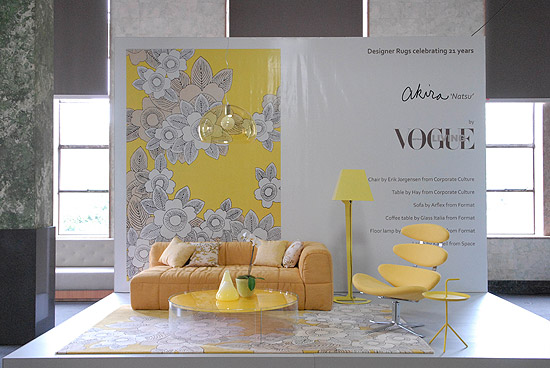
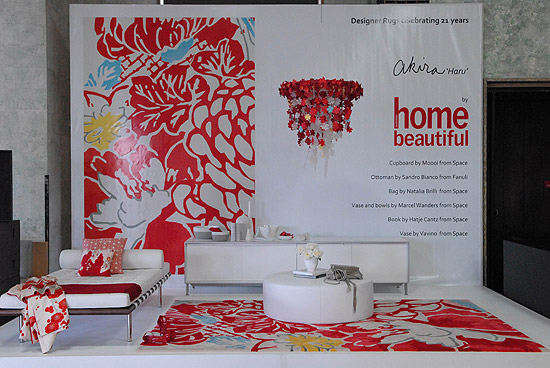
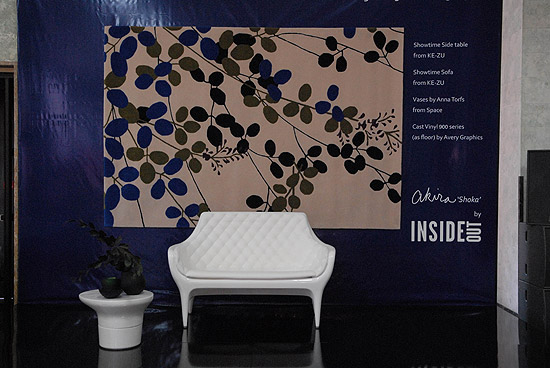
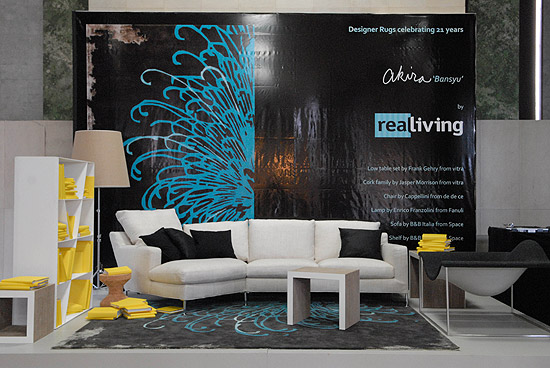

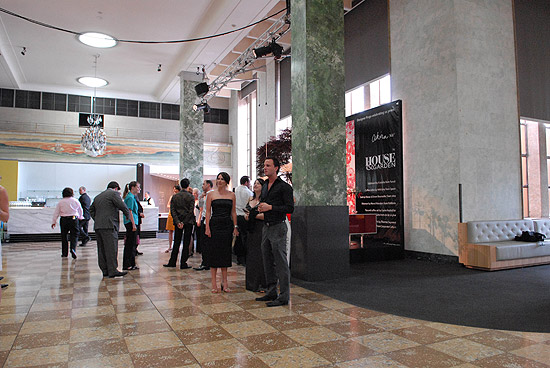
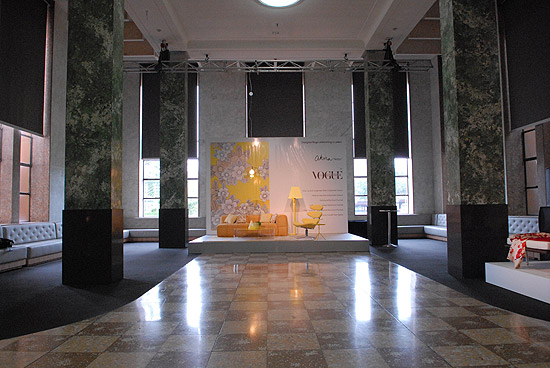
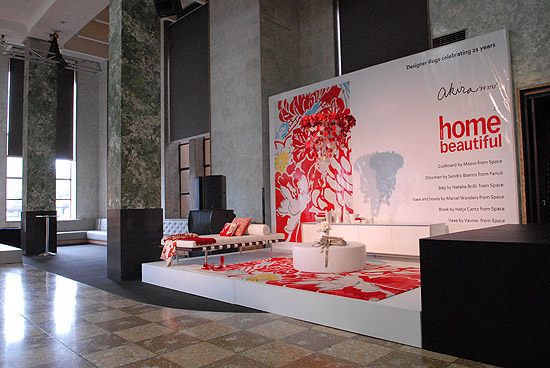
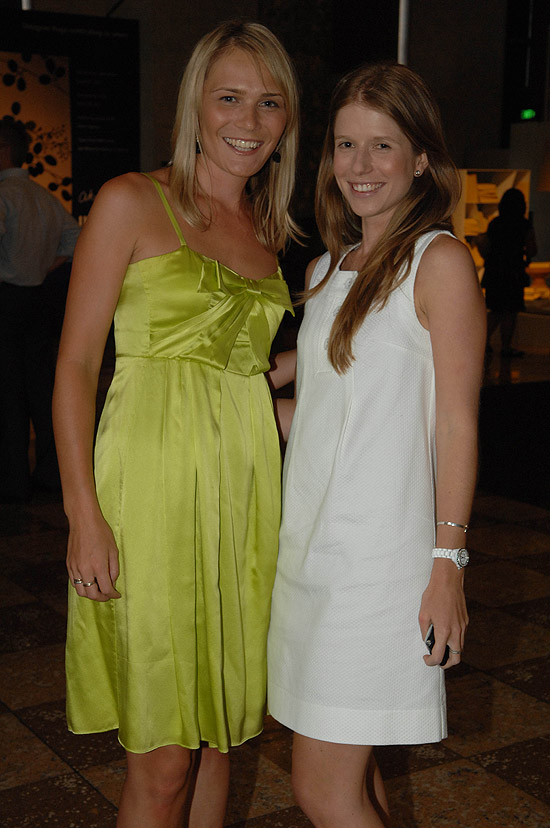
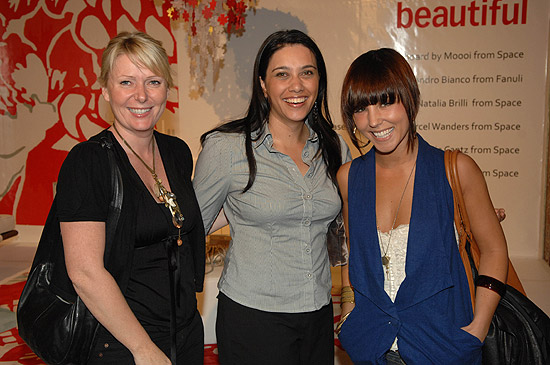
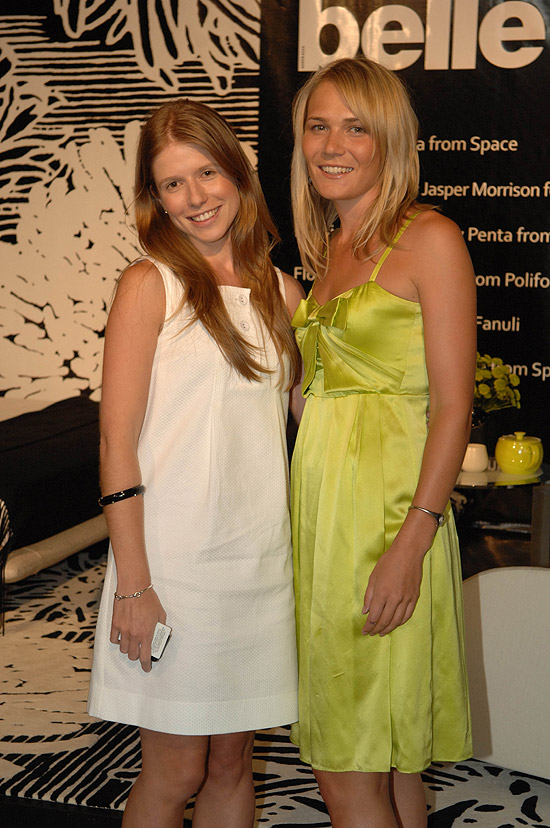
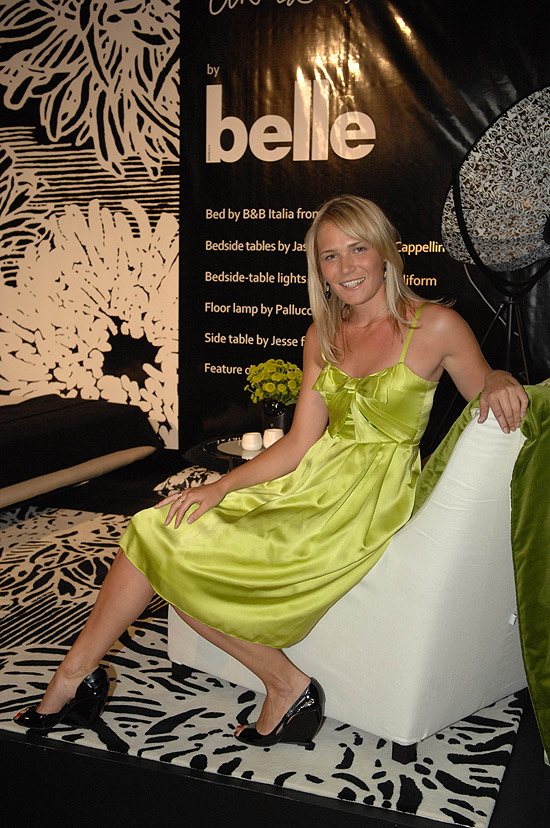
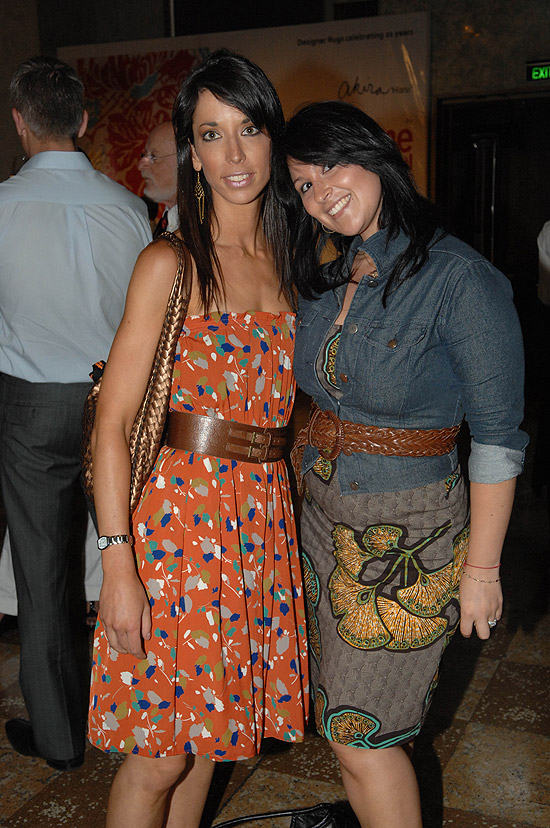

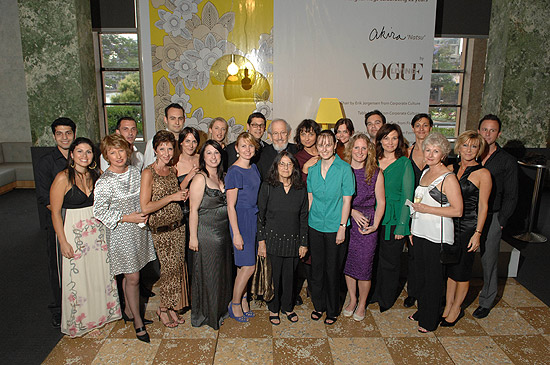
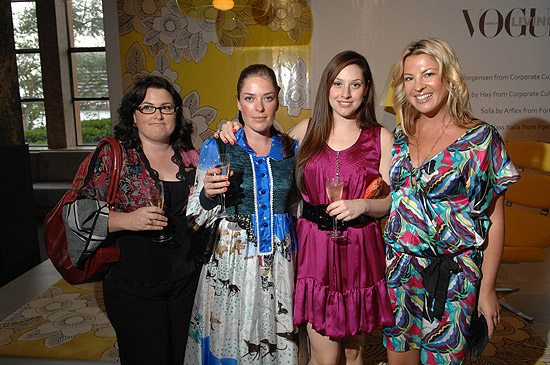
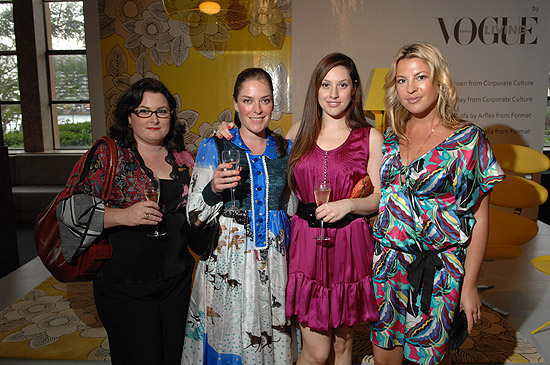


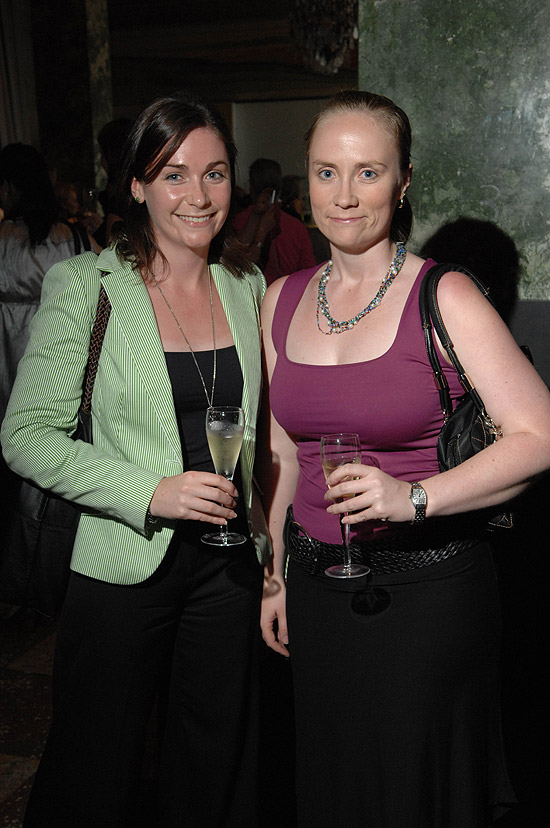


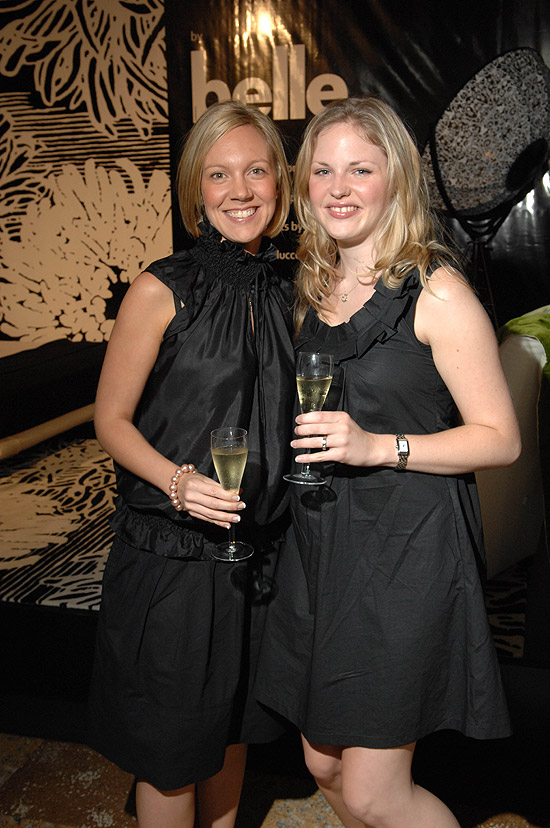
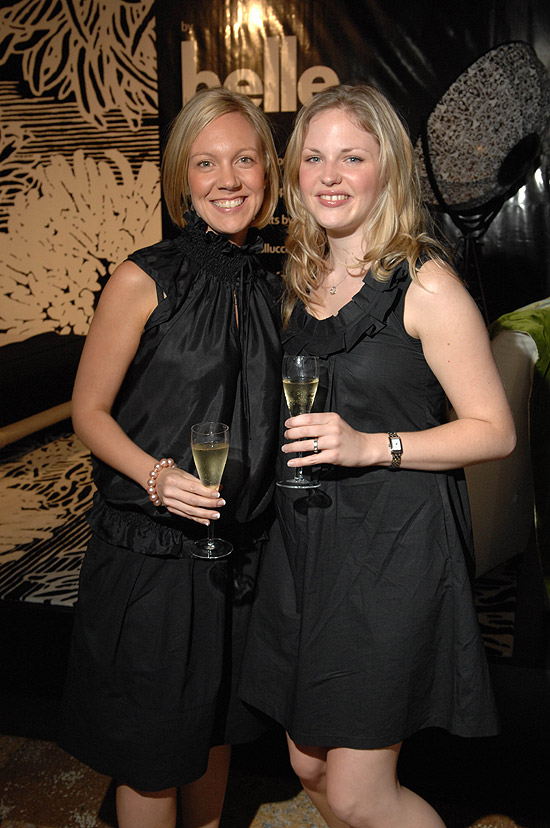
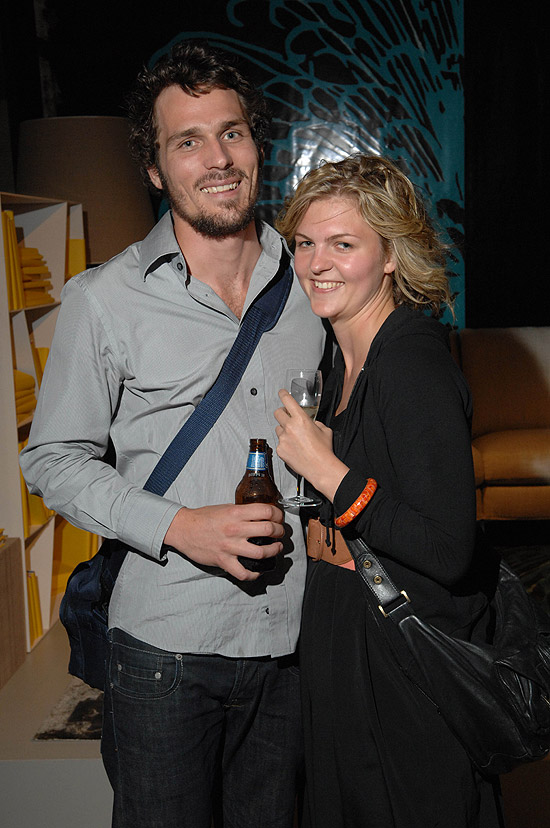
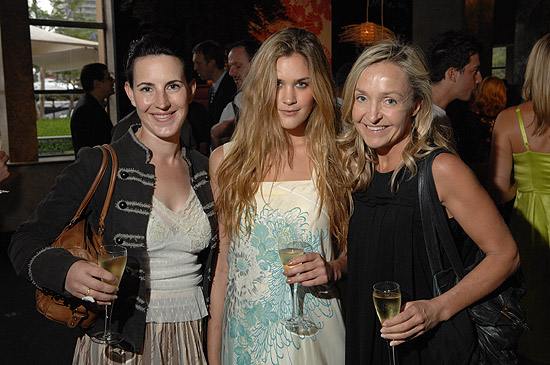

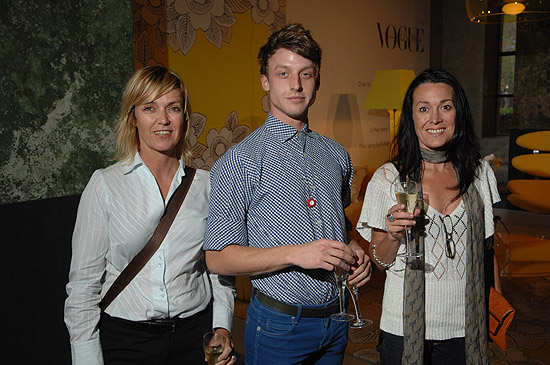
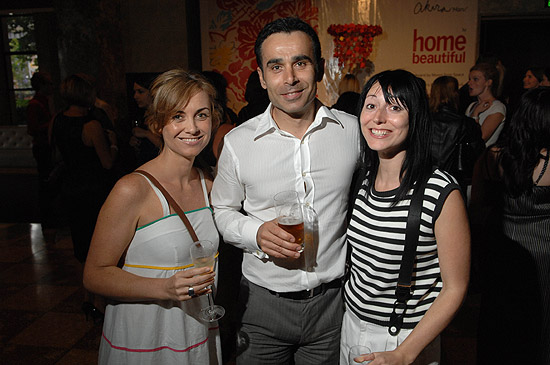
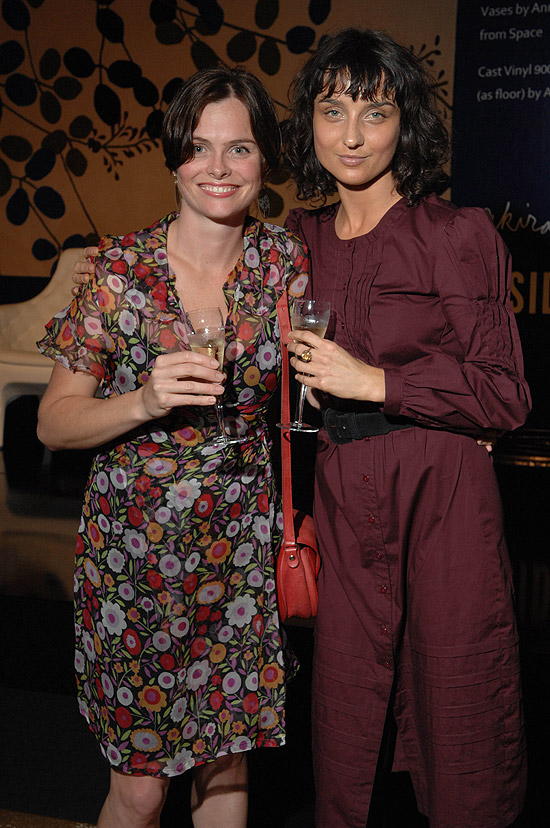

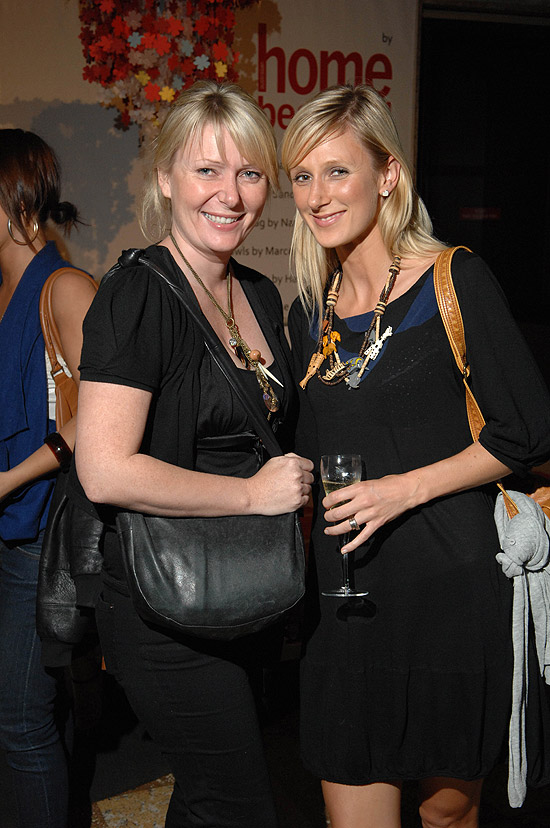
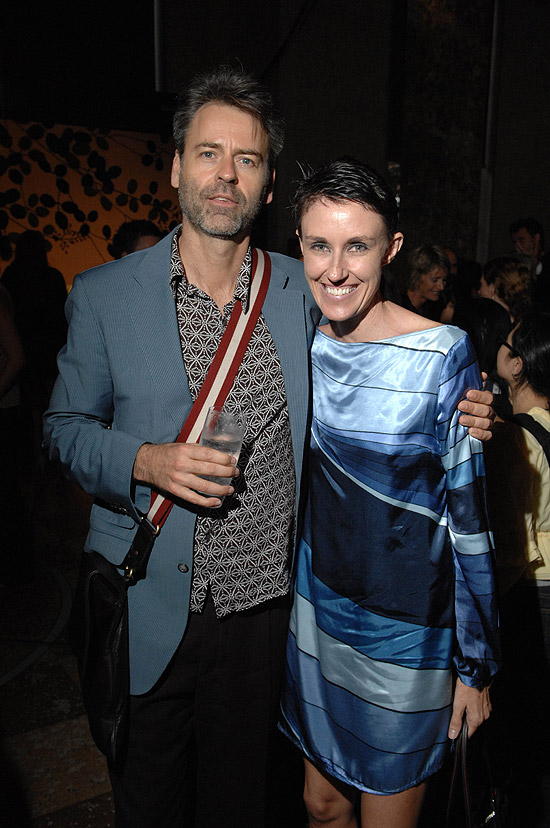
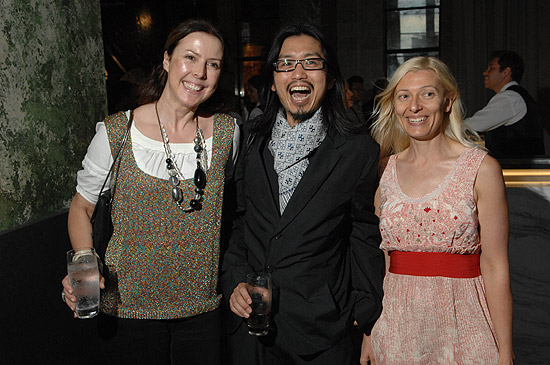
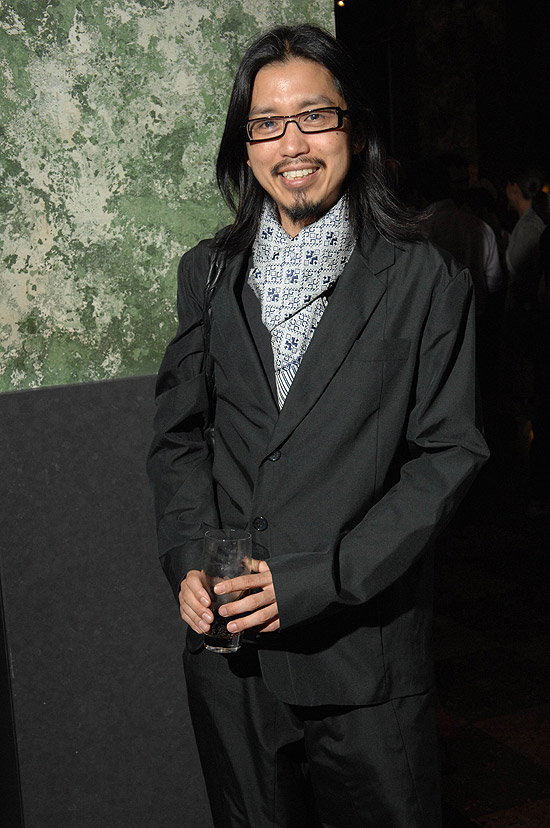
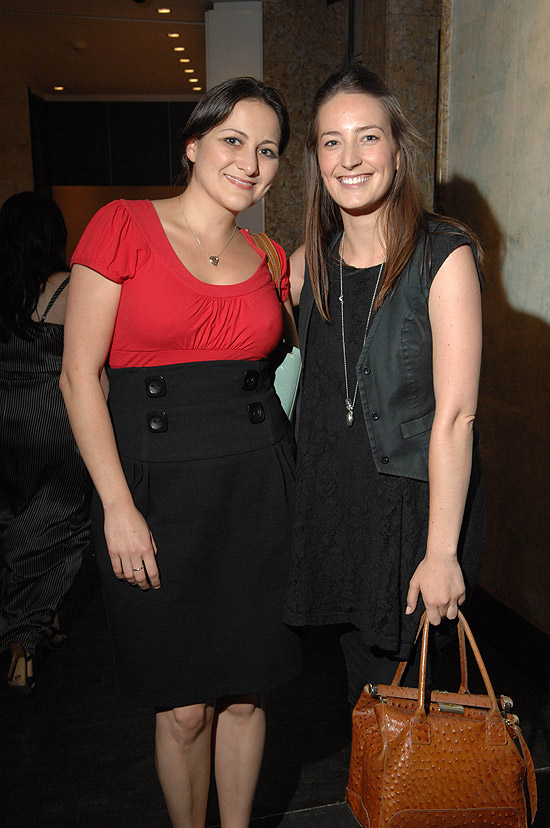
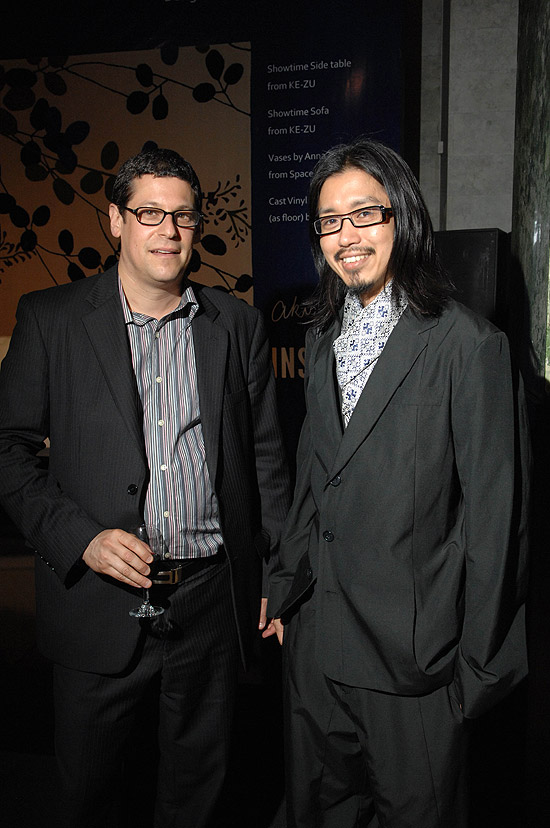
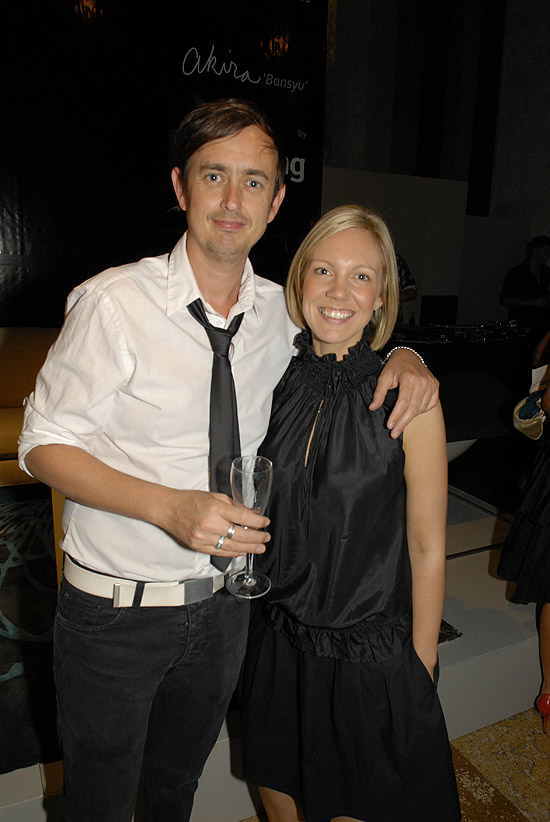
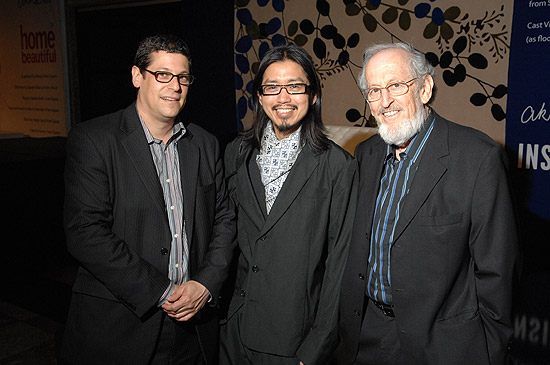
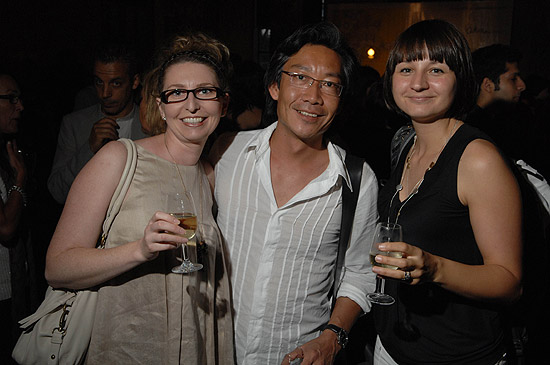
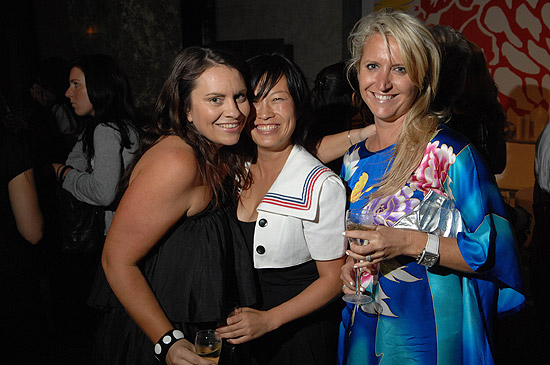
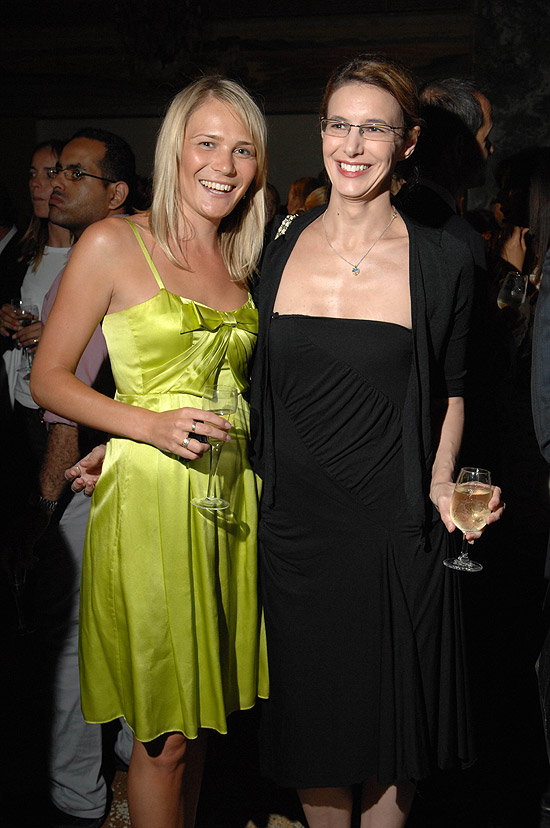
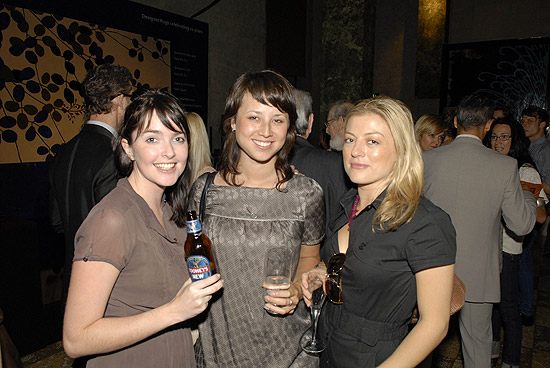
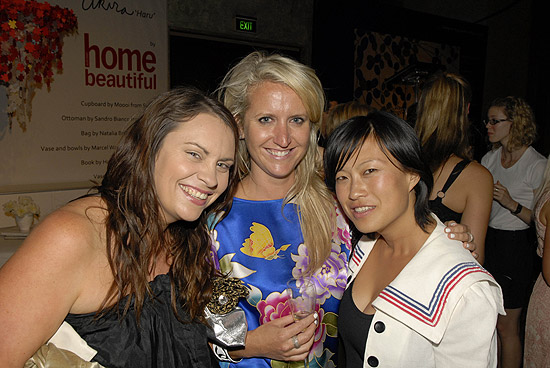
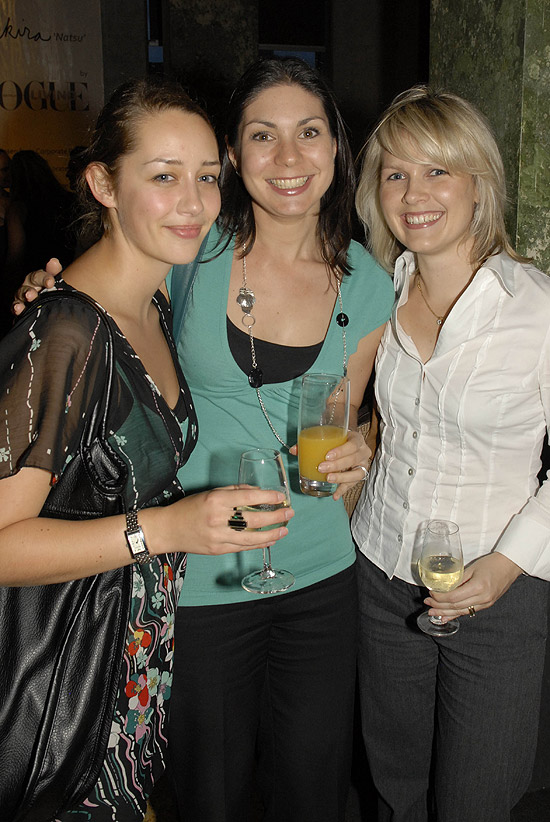

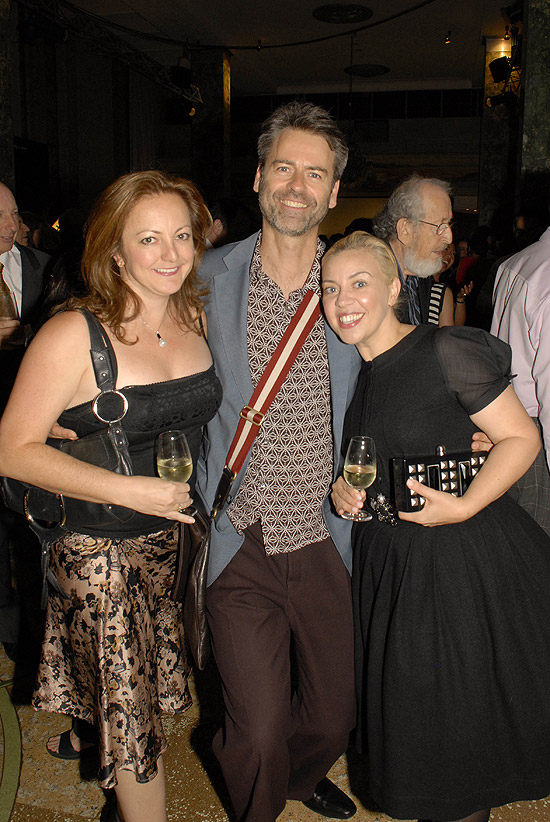
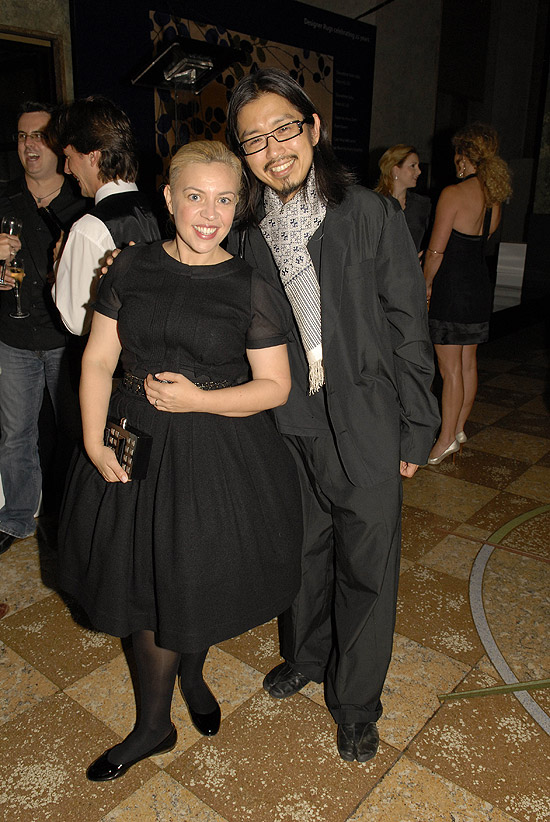
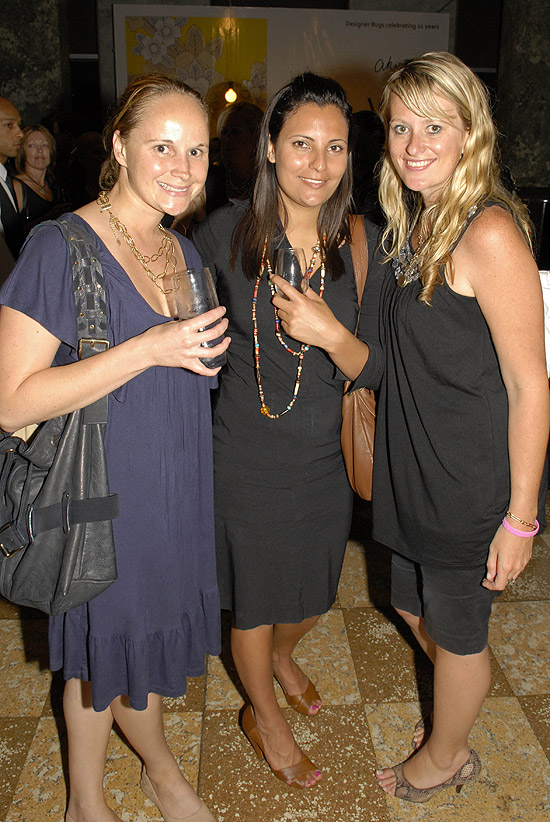
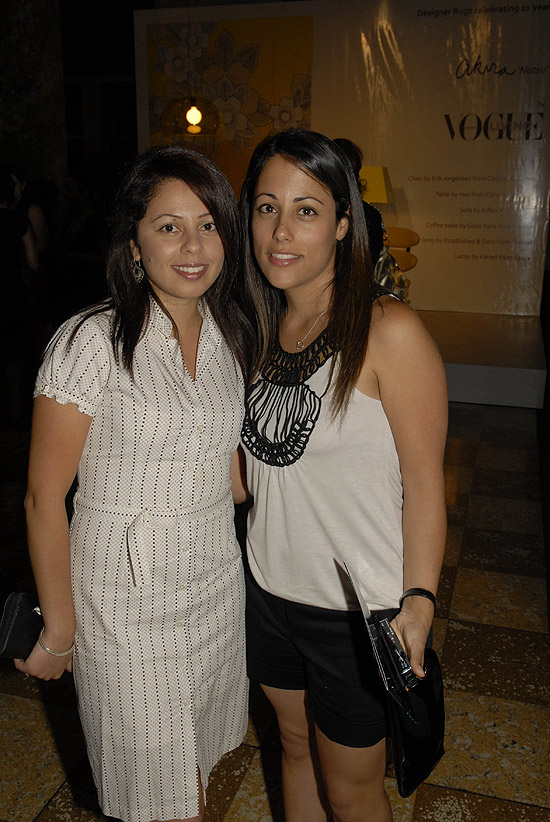
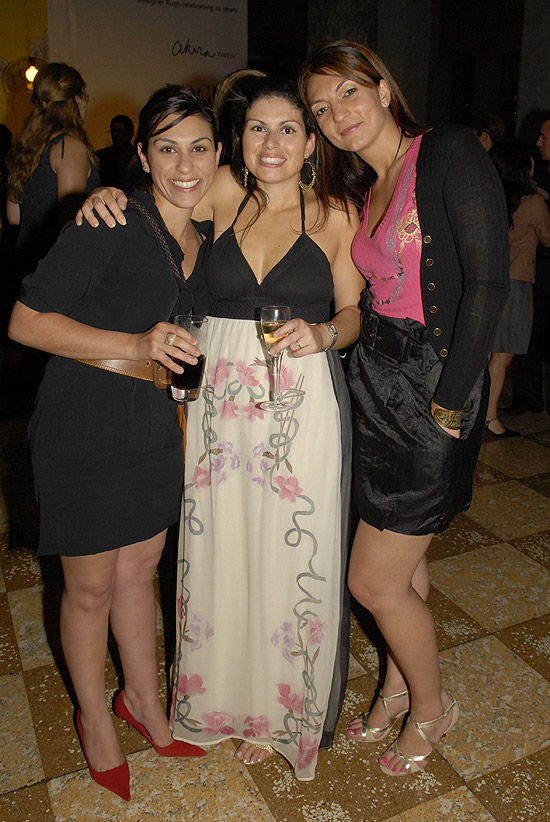

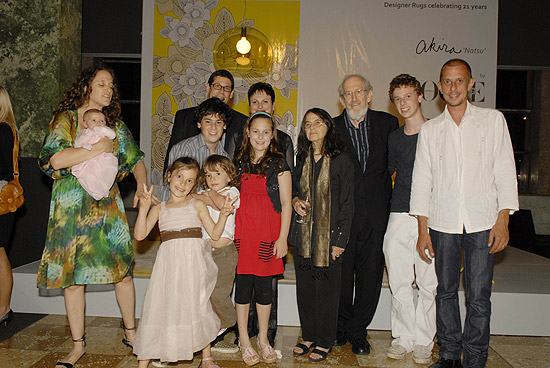


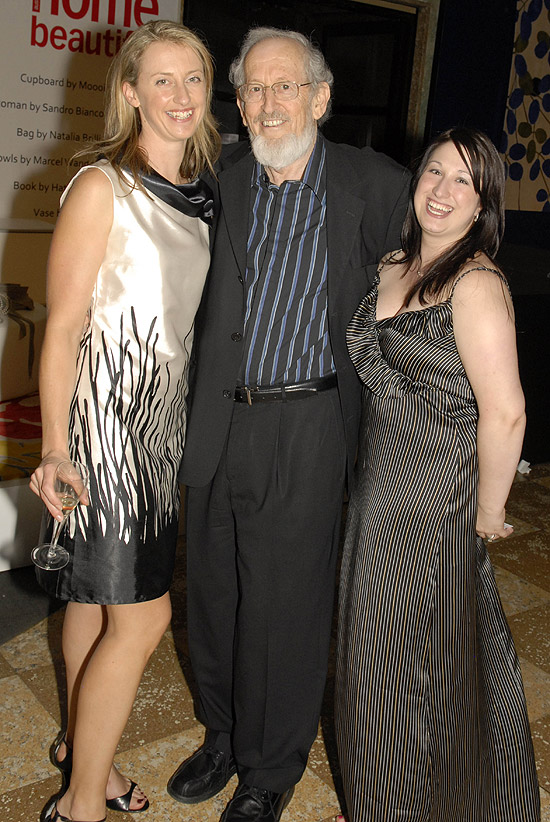
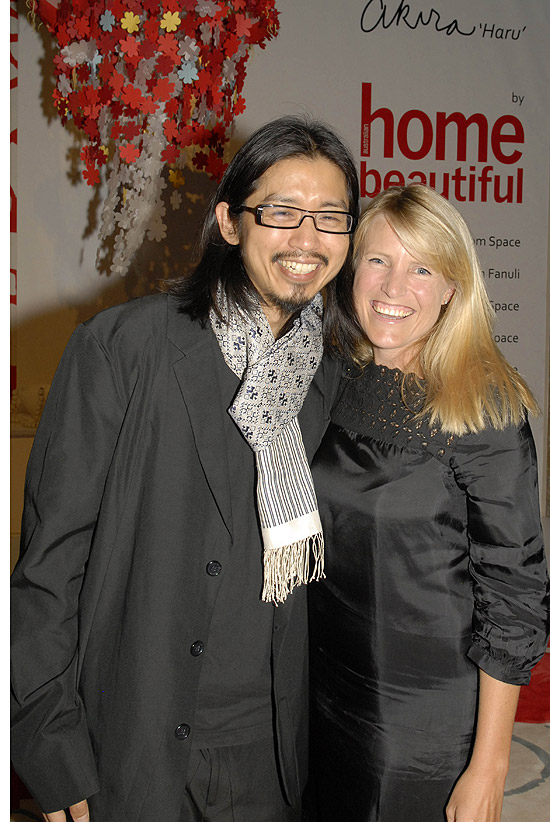


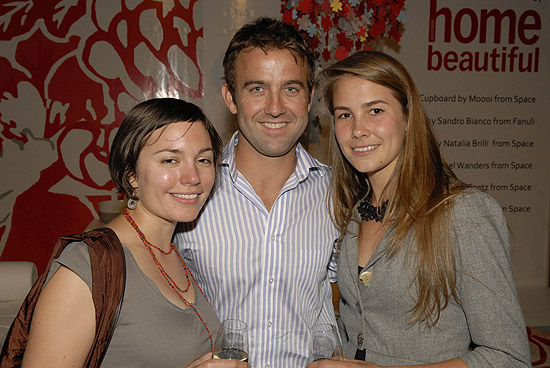

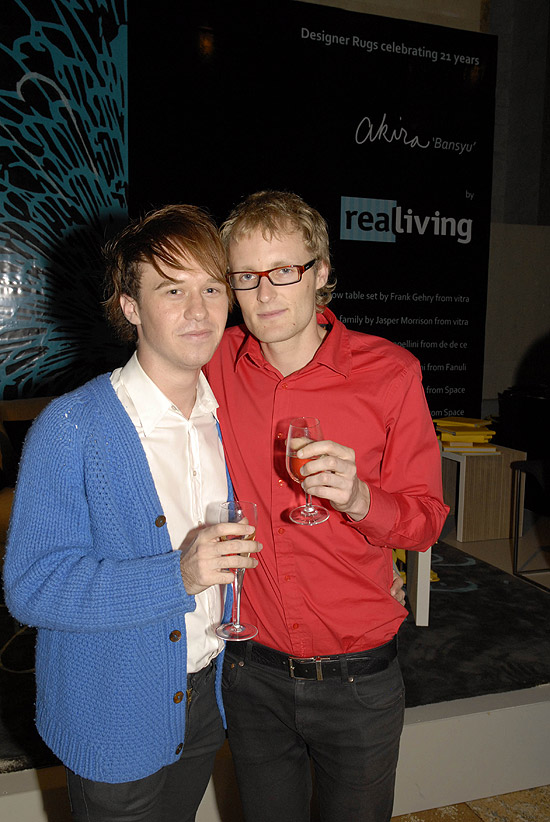
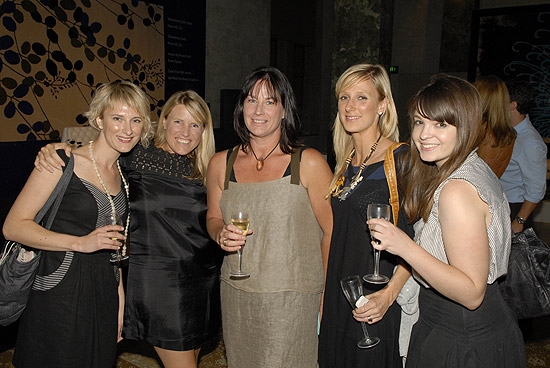
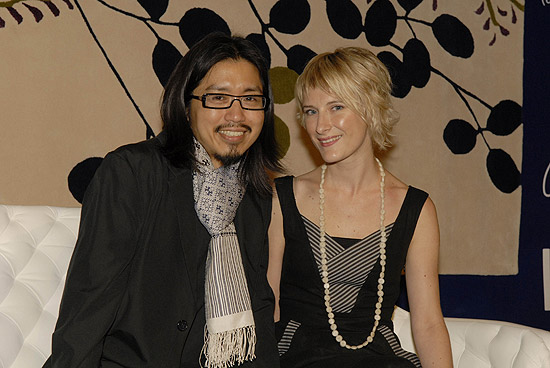
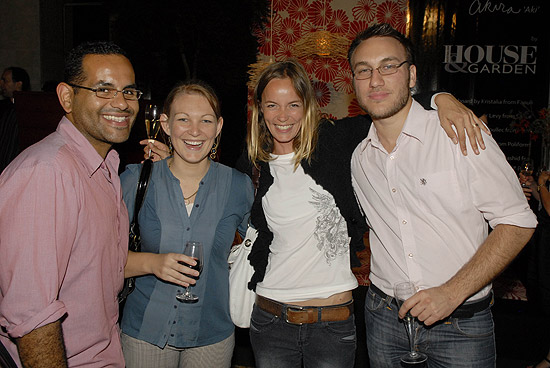

INDESIGN is on instagram
Follow @indesignlive
A searchable and comprehensive guide for specifying leading products and their suppliers
Keep up to date with the latest and greatest from our industry BFF's!

Welcomed to the Australian design scene in 2024, Kokuyo is set to redefine collaboration, bringing its unique blend of colour and function to individuals and corporations, designed to be used Any Way!
The new range features slabs with warm, earthy palettes that lend a sense of organic luxury to every space.

For Aidan Mawhinney, the secret ingredient to Living Edge’s success “comes down to people, product and place.” As the brand celebrates a significant 25-year milestone, it’s that commitment to authentic, sustainable design – and the people behind it all – that continues to anchor its legacy.

London-based design duo Raw Edges have joined forces with Established & Sons and Tongue & Groove to introduce Wall to Wall – a hand-stained, “living collection” that transforms parquet flooring into a canvas of colour, pattern, and possibility.

Zenith RBA are changing commercial specification for the better

Zenith’s Melbourne showroom launch, just prior to the pandemic, is absolutely open for business and hitting its stride. It’s dark, dramatic and experiential – besides all the fabulous furniture brands and collections – the PTID design is a stand out.

In this year’s INDE.Awards, The Retail Space show us that shopping is all about experiential showcases for both products and customers alike. Discover 12 award-worthy examples, right here.

Delivering inspirational experiences to people at work has become an imperative of the modern workplace. It’s thanks to the likes of Zenith Connect that designers today can tap into emerging technology to transform building operations and entice workers back into the office.
The internet never sleeps! Here's the stuff you might have missed
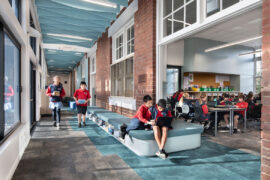
At Moonee Ponds Primary School, Clarke Hopkins Clarke’s transformative design uses Autex acoustic solutions to shape a calm and creatively charged learning environment.
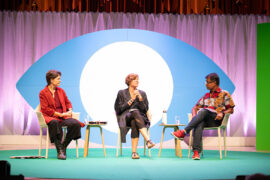
At the World Design Congress in London, a simple idea threaded through two dense days: design is not an island. It moves inside wider systems of economics, policy, finance and ecology.